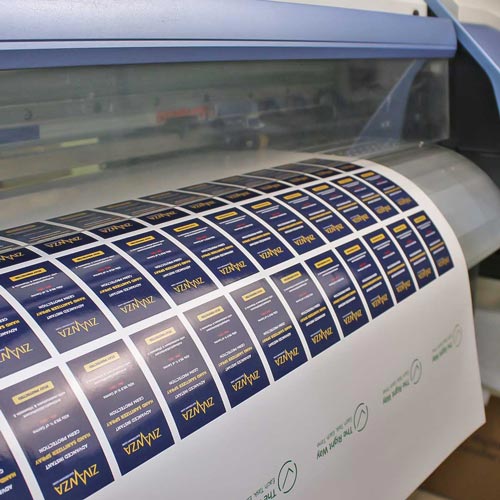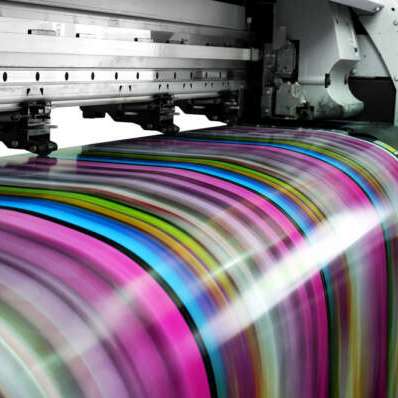What is Digital Printing
Digital printing is a modern printing technique that employs digital technology to produce high-quality prints in a timely and effective manner. Digital printing, as opposed to traditional printing technologies that use printing plates or screens, transmits digital images directly onto paper or other materials. As a result, it is a popular choice for a wide range of applications, from marketing materials to unique items. We shall look at the history, technology, applications, and future of digital printing in this article.


The Evolution of Digital Printing
Digital printing dates back to the 1950s, when IBM released the first high-speed printer, the IBM 3800. The IBM 3800 was a digital printer that transferred images onto paper using magnetic drums. However, digital printing did not become generally available and affordable until the 1990s.
Indigo introduced the first commercial digital printer, the Indigo E-Print 1000, in 1993. The Indigo E-Print 1000 was a technological advance in digital printing since it allowed for high-quality color printing on a variety of paper types. As a result, digital printing has become widely used in commercial printing applications.
Since then, digital printing technology has advanced with the development of new printers and software to improve quality, speed, and efficiency. Digital printing is now employed in a variety of industries such as advertising, publishing, packaging, and textiles.
Digital Printing Technology
To produce high-quality prints, digital printing employs a combination of hardware and software. A computer, a digital printer, and printing software are the three essential components of a digital printing system.
The computer is utilized to create the printed digital image. Adobe Photoshop, Illustrator, or InDesign can be used to create this graphic. The image is formed and then sent to the digital printer.
To create the final printed picture, the digital printer employs a mix of ink or toner and a printing substrate, such as paper or cloth. Digital printers are classified into three types: inkjet printers, laser printers, and digital presses.
To create the final image, inkjet printers use minute droplets of ink. These printers are frequently used to print high-quality pictures and graphics.
Toner, a tiny powder that is melted onto the printing substrate using heat, is used in laser printers. Text and other documents are frequently printed with laser printers.
Digital presses are comparable to traditional printing presses in that the picture is transferred onto the printing substrate using digital technology. Digital presses are frequently utilized for high-volume printing operations such as books and magazines.
Digital Printing Applications
Digital printing has numerous uses in a variety of industries. Some of the most common digital printing uses are:
Commercial Printing: Brochures, flyers, business cards, and other marketing materials are commonly printed using digital printing in the commercial printing industry. Digital printing enables high-quality prints on demand, which is great for organizations that want small amounts of items to be printed fast and efficiently.
Packaging: In the packaging sector, digital printing is utilized to make custom packaging for products. High-quality prints on a variety of materials, including paper, plastics, and metals, are possible with digital printing.
Textiles: In the textile sector, digital printing is utilized to manufacture unique fabrics and garments. Digital printing enables high-quality, full-color prints on a variety of textiles such as cotton, silk, and polyester.
Signage: Custom signs and banners are also created using digital printing in the signage business. High-quality prints on a variety of materials, including vinyl and fabric, are possible with digital printing.
Fine Art: In the fine art industry, digital printing is utilized to generate high-quality prints of paintings and other artwork. High-quality digital printing is possible.

